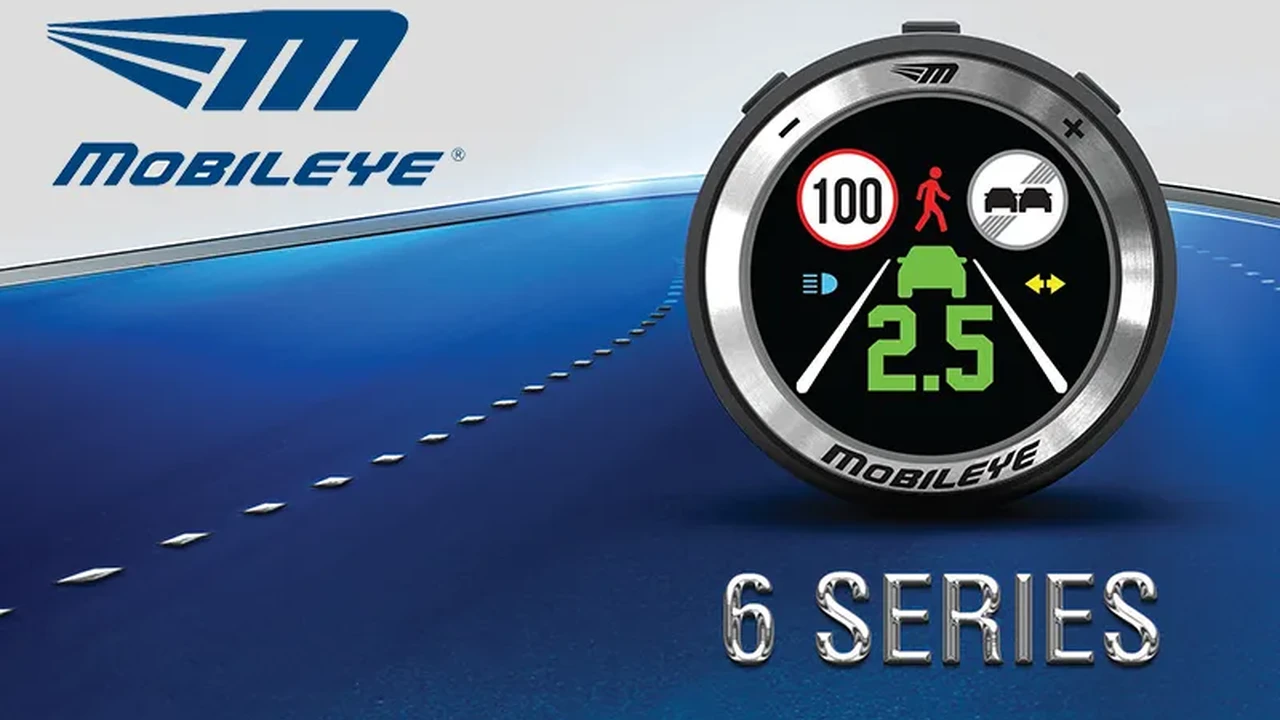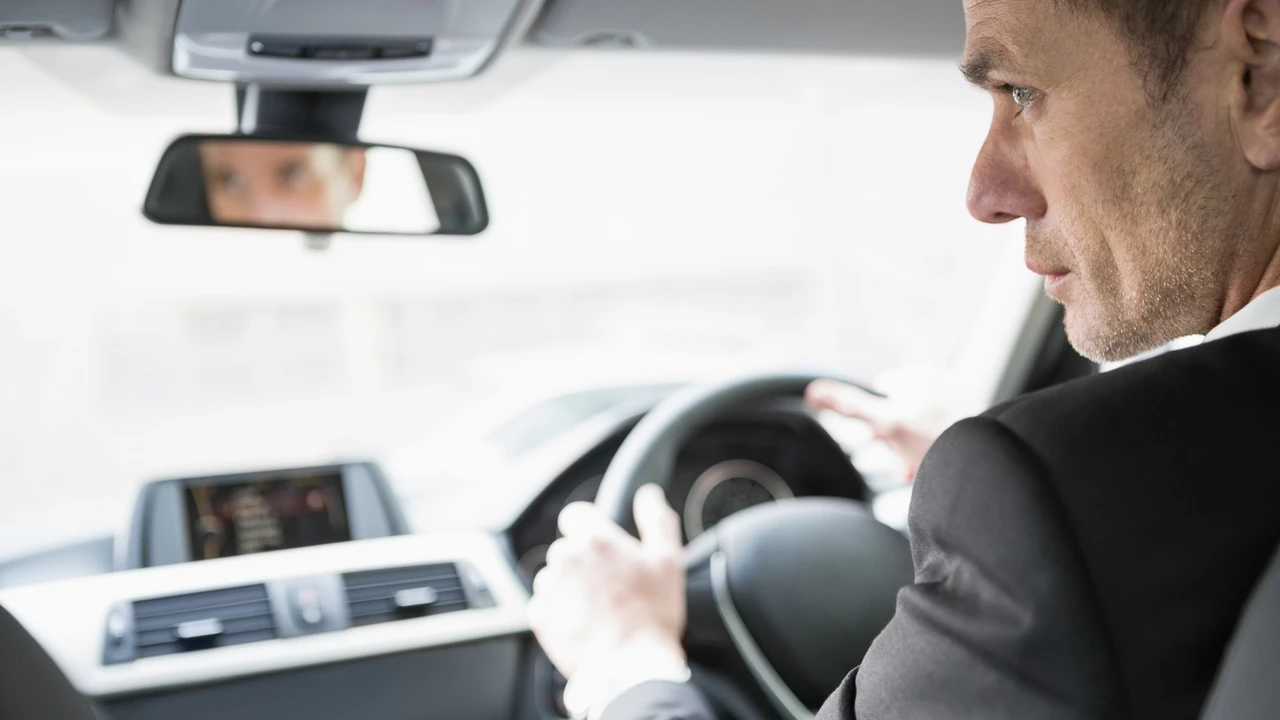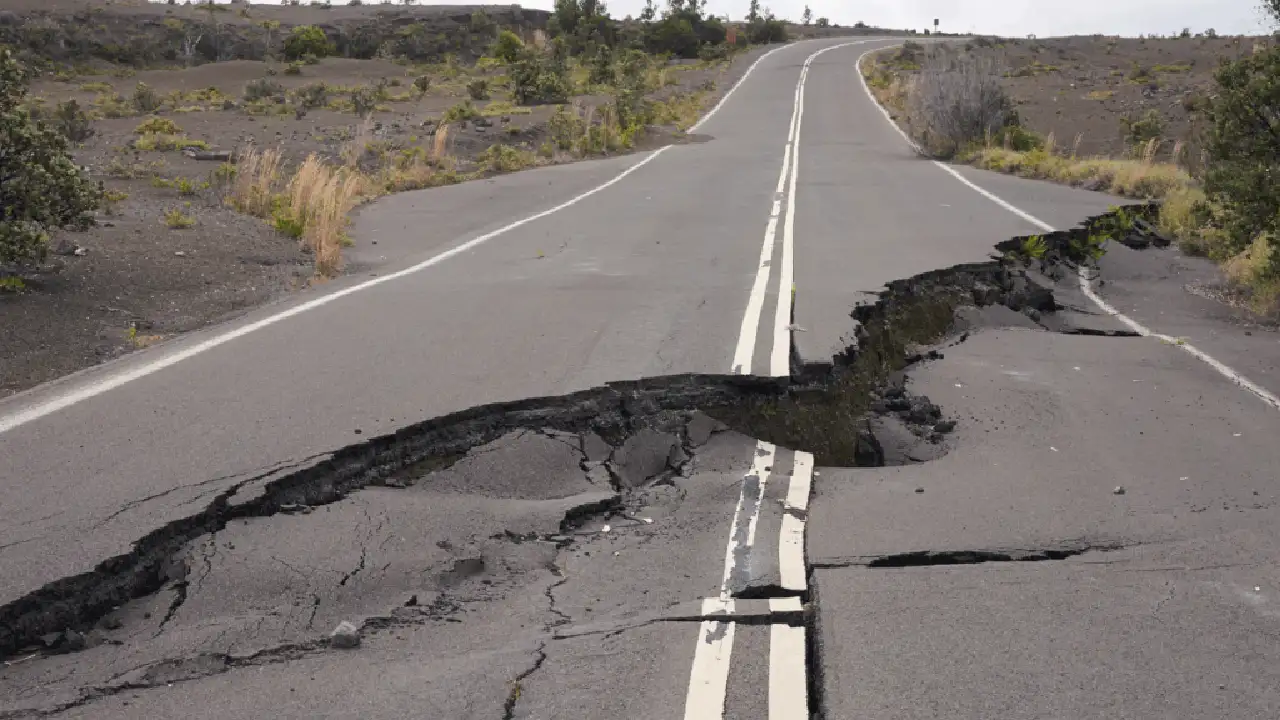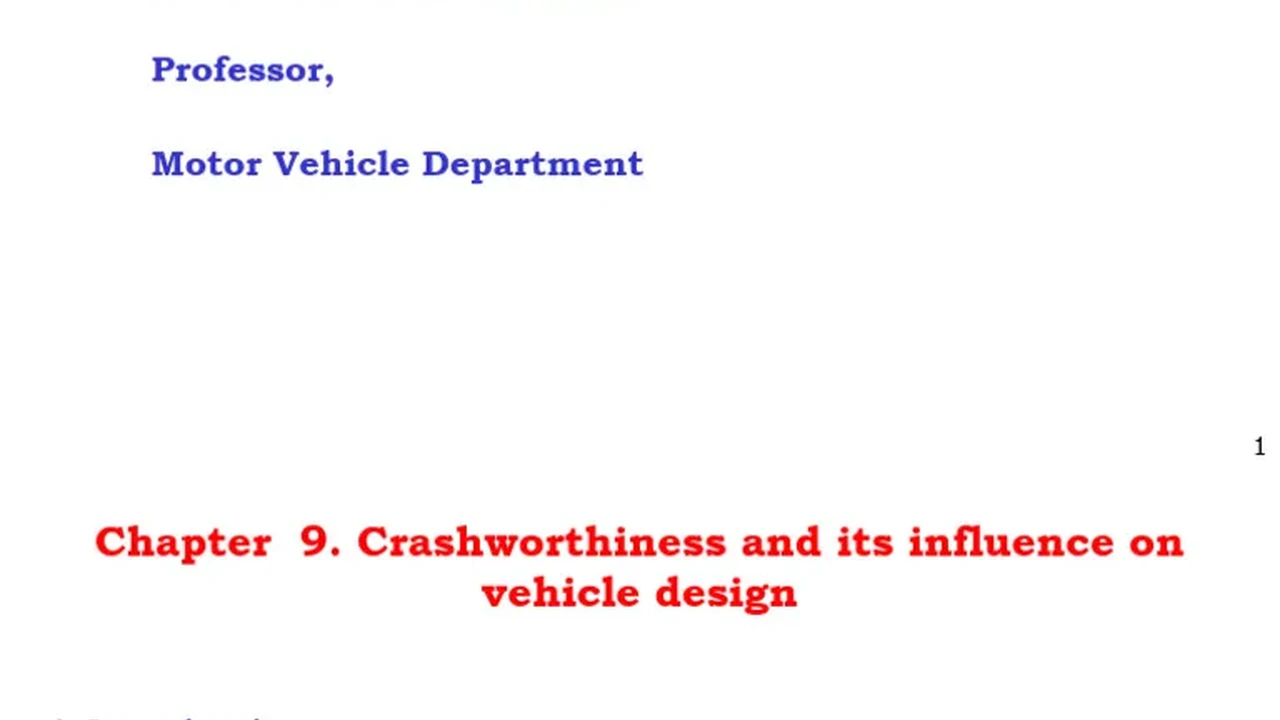Comparing Forward Collision Warning Systems: Which is Best?

Understanding Forward Collision Warning FCW Systems The Basics
Alright, let's dive into the world of Forward Collision Warning (FCW) systems. What exactly are they? Think of them as your car's extra set of eyes, constantly scanning the road ahead. Their primary job is to alert you when a potential collision is brewing, giving you precious seconds to react. They use cameras, radar, and sometimes even lidar to detect vehicles in front of you and calculate the distance and closing speed. If the system determines a collision is imminent, it'll trigger an audible and visual warning.
Now, keep in mind that FCW is a warning system, not an automatic braking system. It's designed to get your attention, not slam on the brakes for you. Some newer cars combine FCW with Automatic Emergency Braking (AEB), which *will* apply the brakes if you don't respond quickly enough. But for now, we're focusing on the warning side of things.
Key Features of FCW Systems What to Look For
Not all FCW systems are created equal. Here's what to look for when evaluating different options:
- Range: How far ahead can the system "see"? A longer range gives you more warning time, especially at higher speeds.
- Sensitivity: How sensitive is the system to potential threats? Too sensitive, and you'll get constant false alarms. Not sensitive enough, and it might miss a real danger.
- Warning Type: What kind of warning does the system provide? Visual alerts (flashing lights on the dashboard), audible alerts (beeps, chimes), and haptic alerts (vibrating steering wheel or seat) are all common.
- Adjustability: Can you adjust the system's settings to your liking? For example, can you change the warning distance or sensitivity?
- Integration with AEB: Does the system work in conjunction with Automatic Emergency Braking? This can be a lifesaver in critical situations.
Top FCW Systems on the Market Product Recommendations
Okay, let's get down to brass tacks and talk about some specific FCW systems you might encounter. Remember, these can be integrated into the car itself (factory-installed) or aftermarket systems you can add.
Mobileye 630 PRO Aftermarket FCW System Review and Price
The Mobileye 630 PRO is a popular aftermarket FCW system known for its accuracy and reliability. It uses a sophisticated camera system to detect vehicles, pedestrians, and cyclists. It provides visual and audible warnings, and it can even detect lane departures and speed limit signs.
Use Case: This is a great option for older vehicles that don't have FCW or for drivers who want to upgrade their existing system. It’s particularly useful for those who drive frequently in urban environments with pedestrians and cyclists.
Pros: Highly accurate, detects a wide range of objects, includes lane departure warning and speed limit recognition.
Cons: Can be expensive, requires professional installation, the camera can be obtrusive on the dashboard.
Price: Typically around $800 - $1200, including installation.
Bosch Driver Assistance Systems OEM FCW Technology
Bosch is a major supplier of automotive components, and their FCW systems are widely used by automakers in new vehicles. These systems are typically integrated with other safety features, such as adaptive cruise control and lane keeping assist.
Use Case: Found in many new cars from various manufacturers. It's a standard feature in many modern safety packages.
Pros: Seamless integration with other vehicle systems, often includes Automatic Emergency Braking.
Cons: Not available as a standalone aftermarket system, performance can vary depending on the car manufacturer's implementation.
Price: Integrated into the price of the vehicle.
Garmin BC 40 Wireless Backup Camera with FCW Capabilities Price and Review
While primarily a backup camera, the Garmin BC 40 can be coupled with compatible Garmin GPS navigators to provide FCW functionality. It's a wireless system, making installation relatively easy.
Use Case: Good for RVs, trucks, or vehicles where running wires for a traditional backup camera is difficult. The FCW features are a bonus.
Pros: Wireless, easy installation, dual functionality (backup camera and FCW).
Cons: FCW capabilities are limited compared to dedicated systems, relies on the Garmin GPS navigator for processing.
Price: Around $200 - $300 (camera only; GPS navigator sold separately).
Comparing FCW Systems Features Performance and Price
So, how do these systems stack up against each other? Let's break it down:
| System | Type | Accuracy | Features | Price |
|---|---|---|---|---|
| Mobileye 630 PRO | Aftermarket | High | Lane departure warning, speed limit recognition | $800 - $1200 |
| Bosch Driver Assistance Systems | OEM | Varies | Integrated with AEB, adaptive cruise control | Included in vehicle price |
| Garmin BC 40 | Aftermarket | Moderate | Wireless, backup camera | $200 - $300 (camera only) |
As you can see, the best system for you will depend on your specific needs and budget. If you want the most accurate and feature-rich system, the Mobileye 630 PRO is a good choice. If you're buying a new car, the Bosch system is likely already included. And if you just need a basic FCW system and a backup camera, the Garmin BC 40 is a budget-friendly option.
Installation Considerations for Aftermarket FCW Systems
Installing an aftermarket FCW system can be a bit tricky, especially if it requires wiring. It's generally recommended to have it professionally installed to ensure it's working correctly. Here are a few things to keep in mind:
- Placement: The camera or sensor needs to be mounted in a location with a clear view of the road ahead.
- Wiring: The system needs to be properly wired to the car's electrical system.
- Calibration: The system needs to be calibrated to ensure it's accurately detecting objects.
Real World Scenarios How FCW Can Save the Day
Imagine you're driving on the highway, and the car in front of you suddenly slams on its brakes. You're distracted for a split second, but the FCW system kicks in, flashing a warning light and sounding an alarm. This gives you the extra time you need to react and avoid a collision. Or picture yourself driving in stop-and-go traffic. The FCW system can help you maintain a safe following distance and avoid rear-ending the car in front of you.
FCW systems are particularly helpful in situations where visibility is limited, such as in heavy rain or fog. They can also be a valuable asset for older drivers who may have slower reaction times.
Maintaining Your FCW System Ensuring Optimal Performance
To keep your FCW system working properly, it's important to keep the camera or sensor clean. Wipe it down regularly with a soft cloth. Also, be sure to check the system's settings periodically to make sure they're still configured to your liking. If you notice any problems with the system, such as false alarms or a failure to detect objects, take it to a qualified mechanic for inspection.
And that's the lowdown on Forward Collision Warning systems. Hopefully, this has shed some light on what they are, how they work, and which ones might be right for you. Drive safe out there!
:max_bytes(150000):strip_icc()/277019-baked-pork-chops-with-cream-of-mushroom-soup-DDMFS-beauty-4x3-BG-7505-5762b731cf30447d9cbbbbbf387beafa.jpg)





